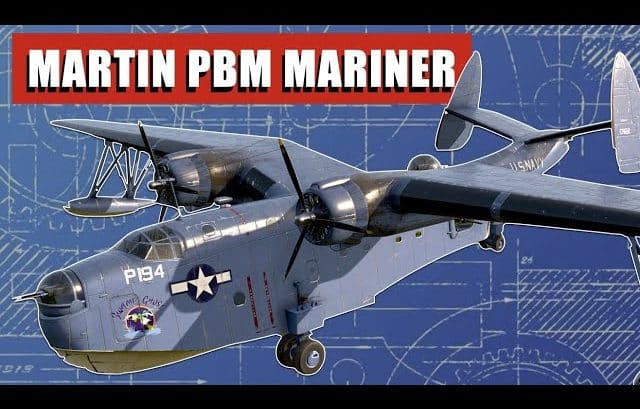One of the least known patrol aircraft of WWII, and yet simultaneously one of the most successful, the PBM Mariner was a massive aircraft in both scale, at 80 feet long, and performance. However, it lived in the shadow of its smaller and older counterpart, the PBY Catalina.
1. It was designed to complement the Catalina in service
The Mariner was better in a great in a lot of aspects. However, ultimately, it would be built in far smaller numbers.
2. The first prototype was completed in 1939, designated as the XPBM-1
The plane was aerodynamically and hydrodynamically more advanced than the Catalina, which at this time somewhat set the bar for American flying boat designs.
3. The Mariner was a top performer for its class in every category
The first production Mariners (PBM-1) was 80 feet long, 118 feet in span, and 27 feet tall. It was a giant of an aircraft, protected by eight 0.50 cal machine guns. It can carry up to 4,000 lbs of ordnance up to 2,600 nautical miles with a maximum takeoff weight of 25 tons.
4. Its initial service life before being dragged to war, Mariners, along with Catalinas, would go through ‘Neutrality Patrols,’ over the Atlantic sea lanes
The plane’s excellent range and longer flight times necessitated some interesting design features not often considered on combat aircraft. It can stay airborne for up to 14 hours, equipped with sleeping quarters.
5. After Japan attacked Pearl Harbor, Mariners found themselves in a new chapter in history, set about proving their worth in combat, too
Initially, they were used as anti-submarine aircraft, going through vast patrols of the Atlantic and Pacific in search of enemy vessels.
However, the plane’s reputation started to decline in the early 1940s, with smaller Catalinas began to eclipse it in public memory.



